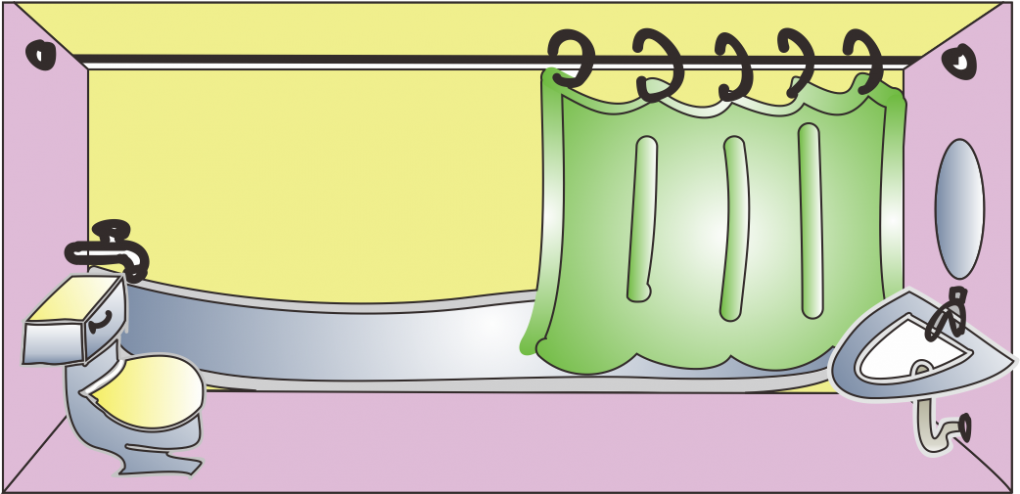Playing games is a ludic activity that can teach how our actions impact in the environment. Being aware of our actions and understanding how they impact in the game space is as important as in our everyday life. With the goal to make water consumption more perceivable the visiting researcher Li Wenjing is developing a new version of the Energy Conservation Game. While the previous iteration focused on energy consumption in a domestic environment, this new version changes to another central point in everyday life: Water Conservation. The goal is to use an interactive learning digital environment to teach children about the importance of water conservation and sustainable living.
The game simulates the domestic life in a small house with several rooms, including bathroom, kitchen, laundry and a garden, where players have to perform everyday actions such as washing their hands, taking a bath, doing a laundry, cooking, and watering the garden. In order to inform players about water consumption we design a visualization based on a metaphor of a fish tank. Every time the player performs a task that consumes water, the water in the fish tank goes down showing how much water is used and giving instant feedback during the game play. To encourage water conservation, the player is rewarded with a fish in the fish tank every time that they perform actions that save water, for example doing a full load laundry, having quick shower instead of a long bath, turning off the water while brushing the teeth, etc.
The visualization also serves as way to compare the household water usage with the city average. The fish tank displays two metrics representing the average of water use in the city and average of the player’s water use. These two metrics give players feedback of full day consumption, enables instant comparison between the results of their own actions in relations to the overall usage in their urban region, and might enhance the awareness of water consumption in their city.



